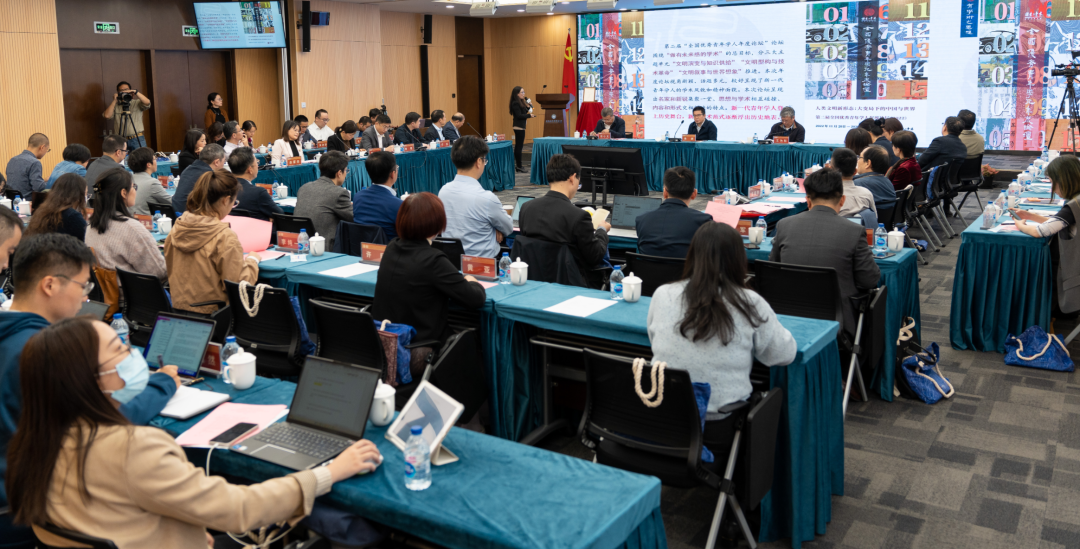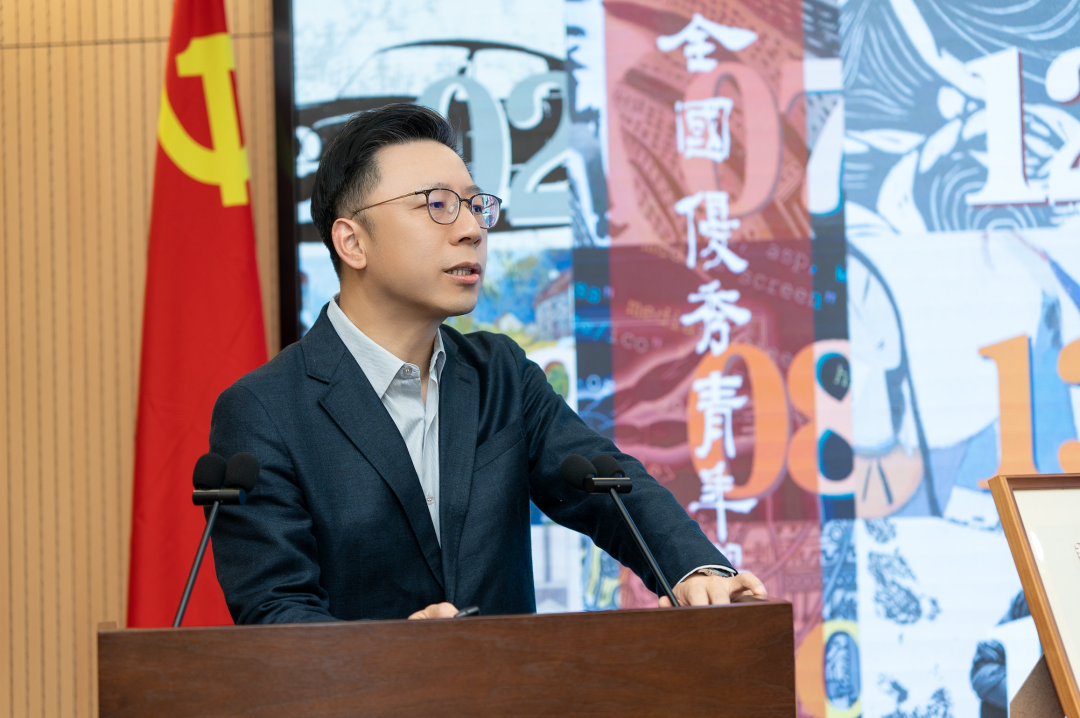Lu Ming: Modernization with large population
November 21, the First Shanghai Social Science Youth Wangdao Forum 2022, which was sponsored by Shanghai Social Science Center affiliated to Shanghai Federation of Social Science Associations and hosted by the Editorial Department of Exploration and Free Views, was held in Shanghai. The forum was attended by 300 people, on line or off line.

Lu Ming, Distinguished Professor of Antai College of Economics & Management of Shanghai Jiaotong University, Executive Director of China Development Research Institute and Distinguished Professor-Changjiang Scholar of the Chinese Ministry of Education, delivered the keynote speech Modernization with Large Population.
Lu Ming noted that China has entered a post-industrialization stage, and the proportion of the service industry in GDP will increase rapidly. Along with the national economic development and the increase of per capita income, service consumption is taking a larger share.

At present, China is facing the problem of an aging population and declining birthrates, but the efficiency of labor resource allocation can be improved by gathering the population in a few areas with higher labor productivity. In terms of spatial patterns, the level of urbanization in China will continue to be improved. In the development of regional economy, it is necessary to build a pattern of coordinated development of small, medium and large cities based on urban agglomerations and metropolitan areas.
China is currently seeing the trend of agglomeration development, whereby the population continues to gather in the key cities and their satellite cities and towns. The external radiation of the key cities drives and empowers the development of surrounding cities. The development trend can be characterized as a deepening division of labor, mutual complementarity between cities and gradient development.
Lu Ming also asserted that, with economic modernization, large population is not a burden but an advantage to the cities. Population diversity will be witnessed in the places with large population, which is an important source of innovation and creativity. After the income level is raised, the consumer service industry will flourish with population attractions, empowering the cities’ innovation and modern service industry, and improving the international competitiveness of big cities.
The pandemic will not have a long-term impact on the spatial distribution of urban population, which means the pursuit of modernization for a higher quality of life and diversity will remain unchanged. Moreover, the technological revolution of big data and artificial intelligence (AI) will help create more jobs in big cities and make more population clusters in big cities. In terms of life quality, the cities with large population should emphasize urban vitality, make urban life convenient through infrastructure, and advocate the green lifestyle in the future. Due to the large population and population diversity, it is necessary to emphasize the harmonious development of society. In the term of citizenization of immigrant population, de-identification should be carried out during the provision of public services. This is a very important direction of urban modernization in the future.
Shanghai Social Science Youth Wangdao Forum
The Shanghai Social Science Youth Wangdao Forum was initiated by Shanghai Federation of Social Science Associations, aiming to closely unite young talents in the field of social science in Shanghai, promote the growth of young talents in the field of philosophy and social sciences in the city, form a community of young talents with Shanghai characteristics covering all disciplines of philosophy and social sciences, and develop philosophy and social science with Chinese characteristics.

